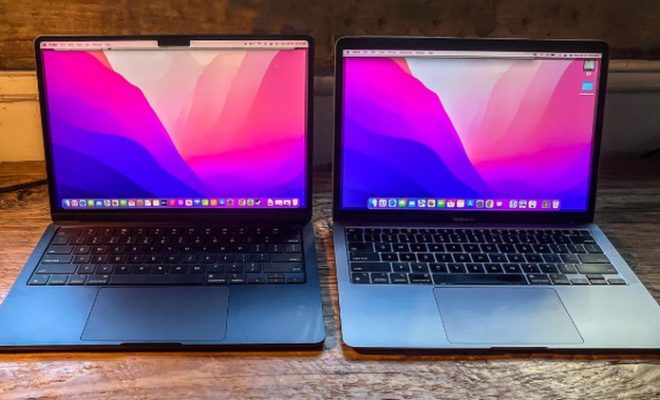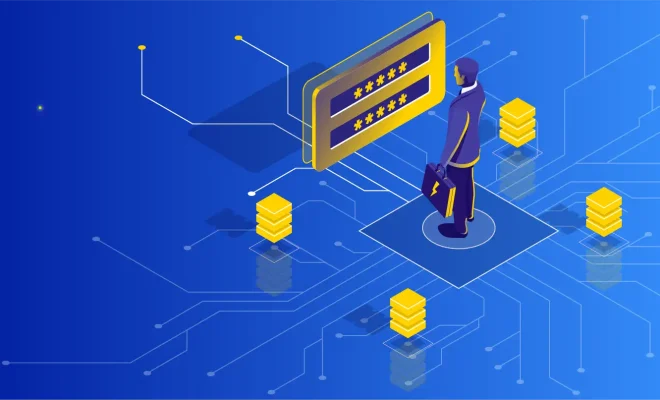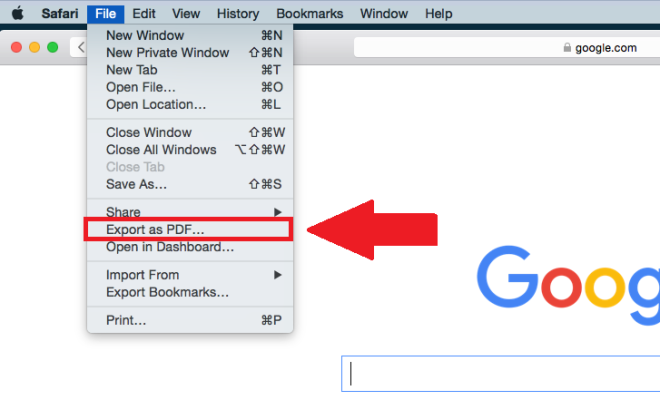What Is Virtual RAM in Android and Should You Care?

Virtual RAM, also known as Swap, is a technology used by Android to increase the amount of available memory on a device. It is a form of storage that acts as an extension of the physical RAM, allowing the system to use it as if it were part of the main memory. This way, the Android operating system can run more applications and processes simultaneously, without running out of memory.
In essence, virtual RAM works by moving the least used data in the RAM to the swap space on the device’s storage. This frees up space in the physical RAM, making it available for other applications and processes to use. When an application requires more memory than is available in the physical RAM, the system uses the virtual RAM to make up the difference. The virtual RAM is slower than the physical RAM, so it is best suited for storing data that is not accessed frequently, such as background data and system files.
Should You Care about Virtual RAM in Android?
Whether or not you should care about virtual RAM in Android largely depends on your usage habits and the specifications of your device. If you have a device with sufficient physical RAM, you may not need to worry about virtual RAM. However, if you often run multiple applications simultaneously or use memory-intensive applications like games and video editing software, you may benefit from virtual RAM.
Devices with lower RAM capacity are especially prone to running out of memory, which can lead to slow performance, app crashes, and other issues. Virtual RAM can help alleviate these issues by providing additional memory for the system to use. However, it is important to note that virtual RAM is not a substitute for physical RAM, and using too much of it can actually slow down your device.





